Suncheon and Yeosu: Off the Beaten Track in South Korea
PUBLISHED December 19th, 2016 07:00 am | UPDATED May 12th, 2023 05:18 am
When we think of South Korea; it’s inevitable that places like Seoul, Busan, and Jeju will pop up down that line of thought. How about Geoje and Tongyeong, or even Suncheon and Yeosu? The southern region of South Korea bears many undiscovered gems – at least to the foreign visitor – that deserves more love from travellers like us!
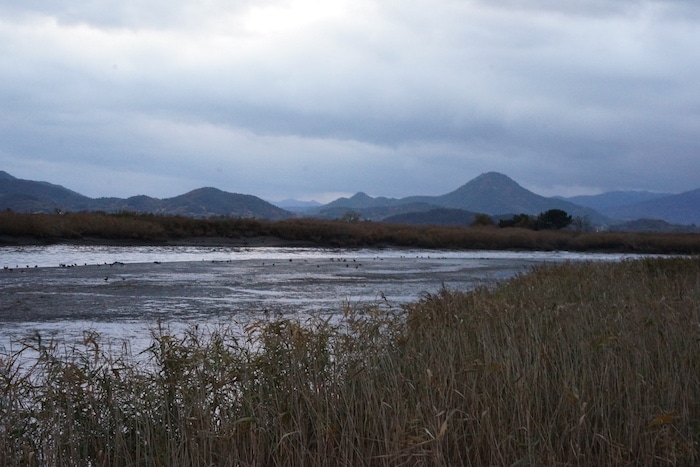
Continuing our road trip from Busan, we go further afield to Suncheon, a scenic city with a wonderful bay, and Yeosu, a city known for its coastal scenery and its surrounding islands.
Suncheon
Having hosted the International Garden Exposition in 2013, Suncheon has cemented its status as the Eco-City of South Korea. Jeollanam-do’s (a province located in the southwest of the Korean peninsula) gem offers plenty to nature lovers with its scenic beauty and rich biodiversity.
Getting In
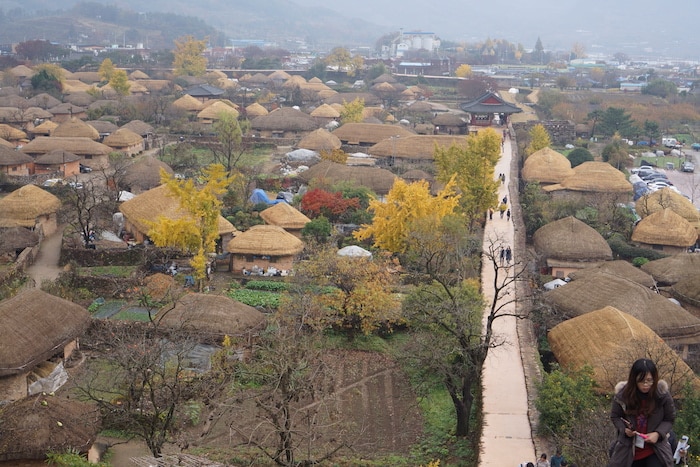
The accessible point of air transport is the domestic airport of Yeosu, which caters to flights by Asiana Airlines and Korean Air from Jeju and Seoul’s Gimpo Airport. Buses from Busan West Bus Terminal runs numerous buses to Suncheon daily, which takes about 2 and the half hours. It’s about three hours by train from Yongsan Station in Seoul,
Alternatively, rent a car in Busan and make a trip of it. Stop by Geoje or Tongyeong on the way before landing in Suncheon.
Getting Around
Suncheon has a reliable bus system that’ll get you to most of the attractions. Be sure to pick up a map by the Suncheon tourism folks; each has a handy section on bus routes to the major sites. Of course, life is much easier if you’ve rented a car.
See & Do in Suncheon
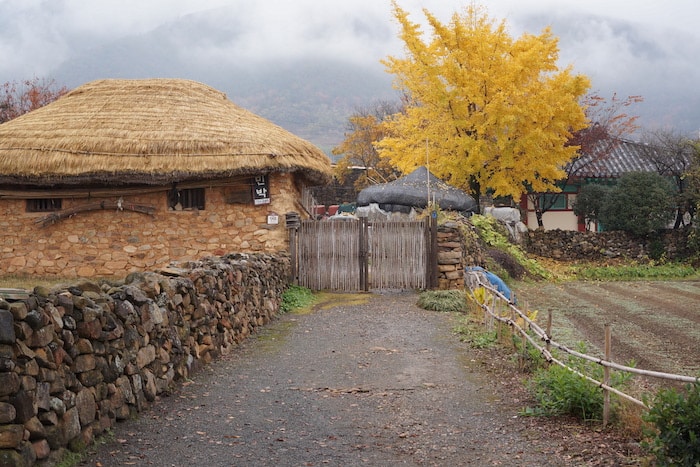
Naganeupseong Folk Village. As opposed to the film sets of the palace or housing of the upper class (the yangban) you see in period Korean dramas that are usually one of many preserved palaces, Naganeupseong Folk Village is one of few well-preserved towns that was home to the commoners (the cheonmin). A planned town established during the Joseon Dynasty, be sure to walk along the Nagan Fortress for a great overview of the village. Despite it being a tourism spot, about 200 people still live in the village and ceremonies like weddings are still held within the village compounds despite it being a tourist attraction.
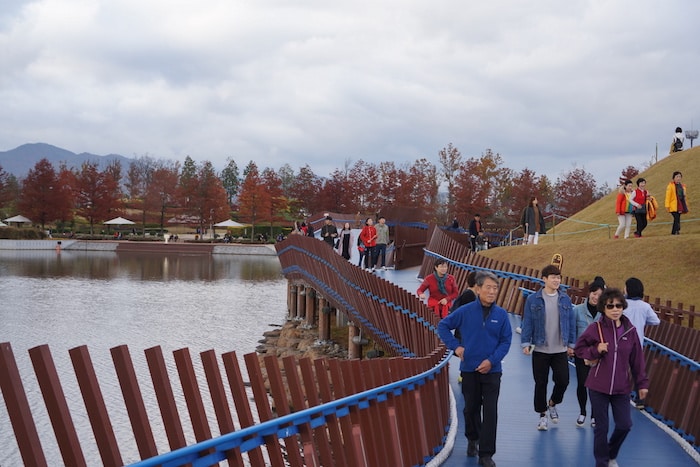
Suncheonman Bay National Garden. Developed as a conservation area (it’s home to over 500 species of trees and 100 species of flowers), this huge garden spanning 1.12 square km is immensely popular with local families and couples. If you’d like to explore the whole site, be sure to set aside at least half a day for it. A nearby field of canola flowers will be in full bloom if you visit in May while winter sees the garden turn into a winter wonderland.
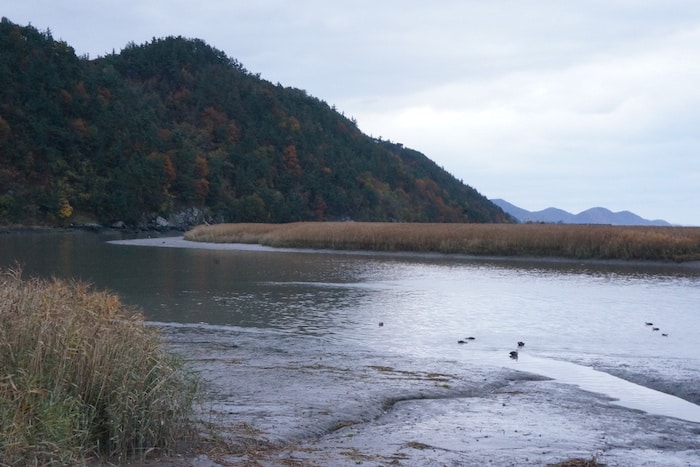
Suncheon Bay Wetland Reserve. Home to the largest colony of reeds in Korea, they grow taller than a full-grown man, dazzling one and all when the entire field sways in the breeze. The reserve is also ideal for birdwatching, as it attracts about 140 bird species, including rare ones like the white-naped crane, white stork, and the Eurasian oystercatcher. Definitely a spot for a perfect #ootd.
Suncheon Open Film Location. The biggest film set in Korea, Suncheon Open Film Location has three sites and each lays out a different period from the 1950s to 1970s, perfect for those curious about local life before the large-scale industrialisation. Productions that have filmed here include East of Eden, Baking King, and Running Man.
Eating in Suncheon
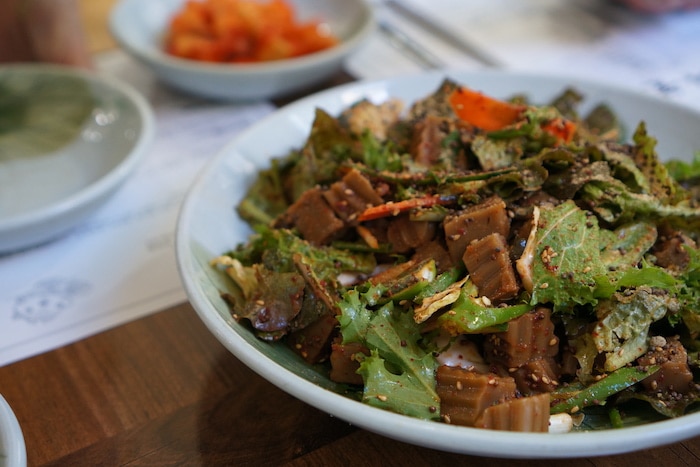
Acorn jelly, also known as dotorimuk, was initially a side dish seasoned with the likes of soy sauce, sesame oil, red chili pepper powder, sesame seeds and more. However, there are acorn-themed restaurants in Suncheon that serve an acorn-centric Korean meal for around 15,000 won. Expect dishes like spicy acorn jelly salad, acorn pancake, bossam (boiled pork belly) with dotorimuk and even deep fried acorn in sweet-sour sauce. The last may sound weird but it was surprisingly a joy to eat.
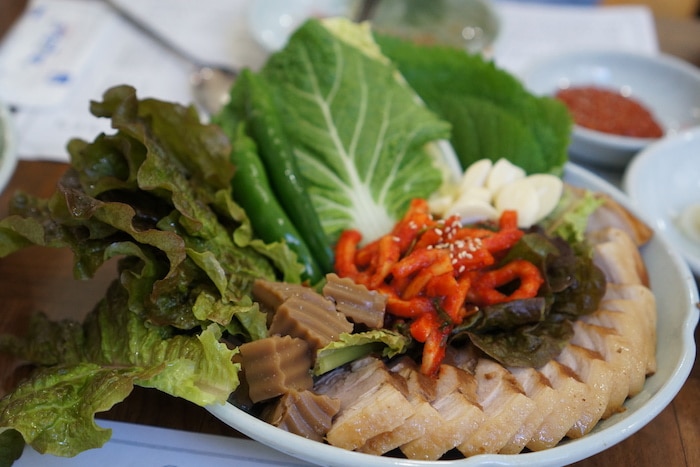
Another must-try in Suncheon is jangttungeotang, or mud skipper soup. Cooked the first time with bean paste, ground red pepper and dried radish leaves, the mudskipper undergoes a second round of cooking with soy sauce, minced garlic, and ginger. The result? A savoury, delicious regional specialty.
Yeosu
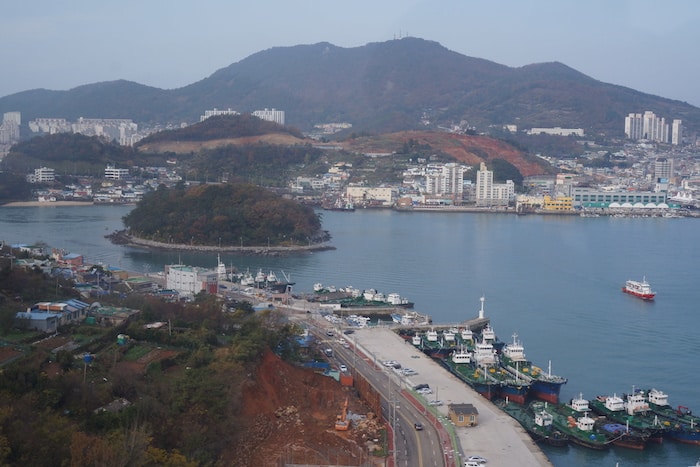
Meaning “good water” in Korean, Yeosu is a maritime city consisting of the Yeosu peninsula and 317 islands, most of them uninhabited. The city historically important as it used to be where the South Jeolla Province Navy Base was located, and where the great Naval Commander Admiral Yi Sun Shin improved on the geobukseon (turtle ship) to defend the country. Yeosu was also the host city of the 2012 world Expo.
Getting In
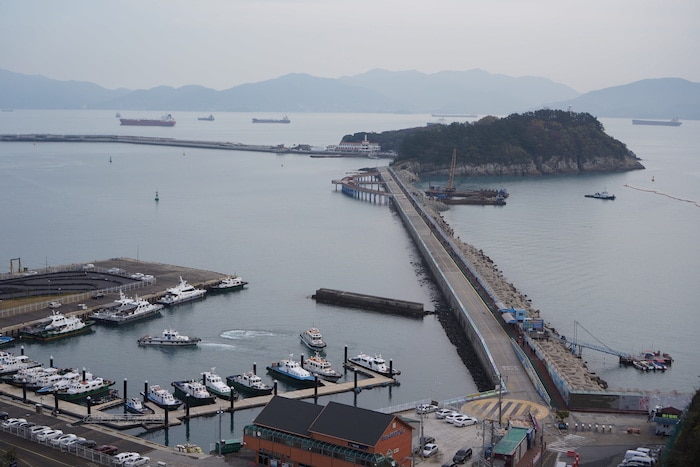
As mentioned, Yeosu’s domestic airport caters to flights by Asiana Airlines and Korean Air from Jeju and Seoul’s Gimpo Airport. From Seoul, the train will take slightly over three hours and the bus over five hours.
Getting Around
Taxis are cheap and plentiful in the city and the bus system are quite reliable as well. However, traffic jams and bottlenecks can be expected if you need to cross the narrow Dolsandaegyo Bridge. The attractions are quite spread out so it might do you well to rent a car.
See & Do in Yeosu
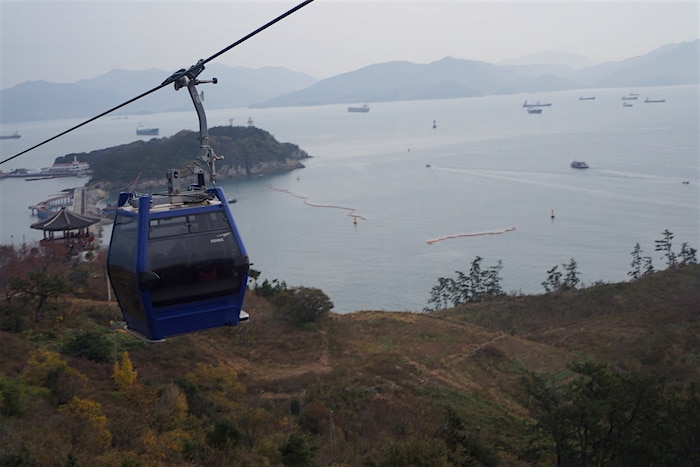
Yeosu Maritime Cable Car. Connecting mainland Yeosu to Dolsan Island (the seventh largest in Korea) over the ocean and Dadohae Marine National Park, the cable car offers magnificent scenes of the peninsula’s south coast and Dolsandaegyo Bridge. The non-acrophobics can opt for the Crystal Cabin, which features a see-through glass bottom for endless views of crystal blue waters. We recommend doing the return journey when the sun sets, when the lighted bridge contrasts beautifully with the night sky.
Hyangiram Hermitage. One of the four Buddhist hermitages in Korea, Hyangiram Hermitage is located on Dolsan Island and was a base camp for monks helping Admiral Yi Sun Shin fight during the Japanese invasion. The temple is home to beautiful flora and geological formations, but do note that the mountain path to the temple is quite steep and challenging.
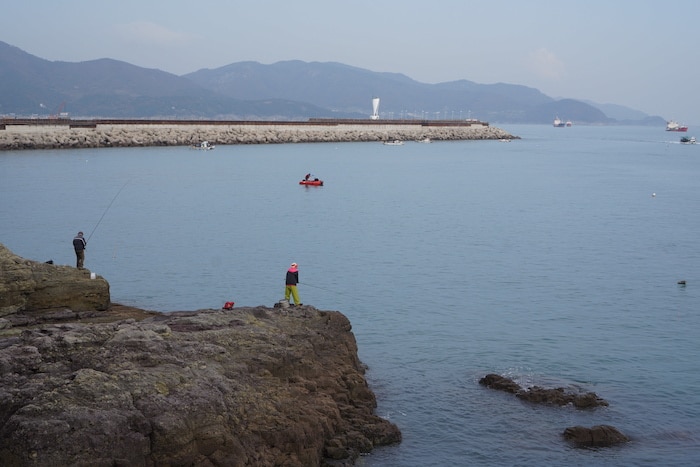
Odongdo. Although the island of Odongdo is located off Yeosu’s coast, it’s easy to get there on foot via the breakwater from Yeosu Port. More than 70 species of wild flowers and plants flourish on the island including a bamboo forest, polonia trees, and camellia flowers. The latter blanket the island in scarlet when they bloom in November, making a spectacular site! Besides fresh ocean catches for meals, also try the island’s speciality, camelia flower tea. Do note that cars are not allowed on the island without permits.
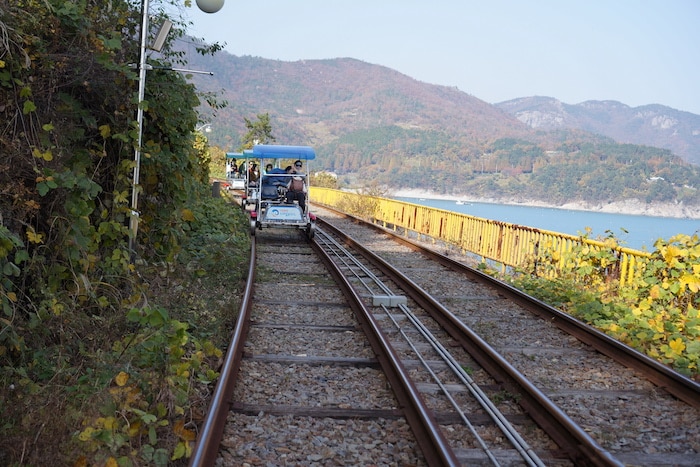
Yeosu Ocean Railbike. As the name goes, Yeosu Ocean Railbike seems to be a uniquely Korean attraction (there’s another railbike on the outskirts of Seoul), which involves train tracks, you cycling, and a 3.5km long course that slithers along the rocky coastline of Yeosu. Part of the tracks are in the open with gorgeous views of the blue waters and faraway islands while the tunneled section involves light installations and seasonal decorations. Worth a whirl for the view.
This post was made possible by Korea Tourism Organisation Singapore.
